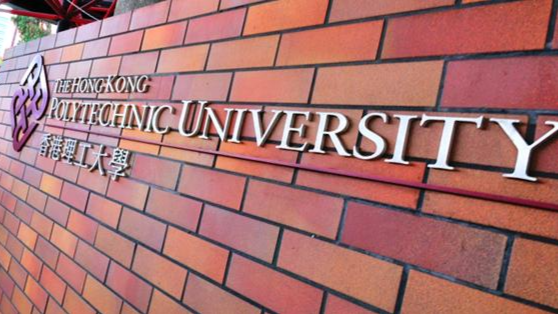
The Hong Kong Polytechnic University (PolyU) on Friday unveiled a community telerehabilitation program, aimed at expanding rehabilitation services to 500 families across the country within three years.
Led by PolyU’s Department of Rehabilitation Sciences, the program will also offer training to 5,000 mainland students and medical workers.
Project lead Tang Kin-chung said that the team, established in 2014, began its work by providing post-disaster rehabilitation services to residents affected by the Ludian earthquake in Yunnan province. It plans to replicate its success in northwestern and northeastern China.
READ MORE: Hong Kong PolyU to study water in lunar soil samples
He said that the team will facilitate cross-regional and interdisciplinary collaboration through remote technology, establishing a comprehensive network of community rehabilitation services nationwide.
Tang, also an associate professor of practice at the department, emphasized the program's focus on technological empowerment, community collaboration, and talent development to provide support to more individuals in need and raise awareness of professional rehabilitation development in society.
Hong Kong lawmaker David Lam Tzit-yuen, representing the medical sector, said that the program aims to enhance overall quality of life by not only improving the quality of life for individuals with disabilities but also alleviating pressure on their families and on society as a whole.
Lam highlighted the transformative impact of advancements in artificial intelligence (AI) and robotics on rehabilitation therapy, adding that Hong Kong's technological and healthcare expertise is pivotal for fostering international collaboration in advancing the field of rehabilitation medicine.
Song Yuze, a 9-year-old boy who was transferred to Hong Kong from a Shenzhen hospital, suffered 60 percent burns in a 2022 accident, and received critical rehabilitation support from the team.
After undergoing tracheotomy and skin grafting surgeries, Song began rehabilitation therapy, including laser and pressure treatments. Five months post-accident, the team provided free advanced rehabilitation support, such as a 3D-printed pressure mask, scar patches, and neck braces, and his family was taught how to care for his injuries.
Song’s father expressed deep gratitude, and said that his son has largely recovered and has now returned to school.
“Before rehabilitation, we couldn’t even see the features on his face. The team’s free support not only alleviated Song’s pain but also relieved our family’s burden. It has given us hope and a future,” he said.
READ MORE: HK ranks 7th on PolyU Innovation & Technology Index
Yao Liqing, vice-chairman of the Yunnan Disabled Persons' Federation and Associate Dean of the School of Rehabilitation at Kunming Medical University, said that community rehabilitation development on the Chinese mainland is challenging, with only about 16.7 percent of rehabilitation needs currently being met.
She said there is a growing demand for such services, adding that by 2030, she expects that 80 percent of chronic disease patients will require rehabilitation, placing resources and facilities under considerable strain — which will especially affect those at the grassroots level.
She said she hopes the program's expansion will contribute to the development of community-based rehabilitation on the mainland without significant regional disparities.
Contact the writer at stephyzhang@chinadailyhk.com



